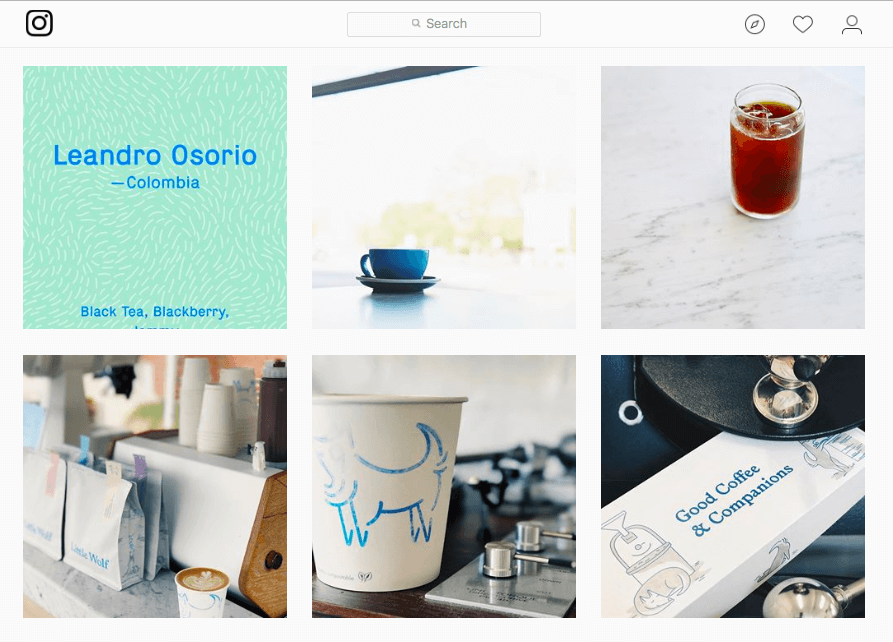In this digital age, communication has transcended conventional boundaries, ushering in an era where visual elements are pivotal in conveying ideas.
As technology advances, the potency of images, graphics, and multimedia in shaping public perception and influencing discourse has become increasingly pronounced.
This phenomenon, visual rhetoric, represents the intersection of visual design and persuasive communication in the digital realm.
This article delves into the multifaceted dimensions of visual rhetoric in the digital age, unravelling its significance, strategies, and the evolving dynamics that shape the visual narrative in our interconnected world.
What is Rhetoric?
Originating in ancient Greek, the term ‘rhetoric’ refers to the art and mastery of persuasive communication. This discipline, integral to education and public life in classical times, revolves around using language to influence an audience.
Rooted in the works of influential philosophers such as Aristotle and Plato, rhetoric encompasses a nuanced understanding of the three modes of persuasion: logos (logical appeal), pathos (emotional appeal), and ethos (ethical appeal).
Besides that, rhetoric encompasses the strategic use of words, arguments, and various rhetorical devices to effectively convey ideas, engage emotions, and convince or motivate audiences.
Apart from that, rhetoric is more than just the content of the message, but also the delivery and style of communication. It involves tone, style, organisation, and rhetorical devices like metaphors, similes, and hyperboles.

What is Visual Rhetoric?
Rhetoric in marketing is all about persuading consumers. Not only that, it is also about understanding language, human nature, and company values to effectively communicate with your audience.
This is how the term visual rhetoric gradually developed, referring to the use of visual elements, such as images, graphics, and design, to communicate a message or persuade an audience.
It involves the deliberate and strategic use of visual components to convey meaning, influence perception, and evoke specific emotions or responses.
In modern times, visual rhetoric is no longer limited to static images; it extends to dynamic and interactive elements, including videos, animations, software, and multimedia presentations.
How to Master Visual Rhetoric in the Digital Age?
Understanding and mastering visual rhetoric is crucial for effective communication in a visually driven world. Here are some four steps to help you navigate and excel in leveraging visual rhetoric:
1) Storytelling through Visuals
Brands use visual rhetoric to tell compelling stories that resonate with their target audience. Through engaging visuals, brands can communicate their values, missions, and unique selling propositions, creating an emotional connection with consumers.
In visual rhetoric, carefully selecting and composing images or graphics play a crucial role in conveying specific meanings and messages.
Additionally, understanding design principles such as balance, contrast, emphasis, and alignment empowers communicators to create visually compelling and aesthetically pleasing compositions. Furthermore, composition directly impacts the overall visual appeal and readability, guiding the viewer’s attention and facilitating understanding.
Other than that, typography, including fonts, text size, and formatting, is another crucial element influencing how textual information is perceived within a visual context.

Moreover, the colour palette chosen for visual content is essential, as colours evoke emotion. Plus, they play a crucial role in shaping the mood and tone of the communication. Visual metaphors and symbols can also be employed to enhance comprehension and convey complex ideas in a more accessible and impactful manner.
Storytelling through visuals is not only about static images but also includes dynamic and interactive multimedia content. Utilising social media platforms is critical, as they are visual-centric spaces where brands leverage images, videos, and graphics to capture attention and convey their messages.
Moreover, the shareability of visual content on platforms like Instagram, Facebook, and TikTok allows brands to reach wider audiences, facilitating the rapid dissemination of brand narratives and campaigns.
2) User Experience (UX) Design
User Experience (UX) design is integral to enhancing the impact of visual rhetoric.
CareerFoundry defines UX design as the process of understanding and empathising with the actual needs and goals of users. It dives into that user experience, locates the problems (often called “pain points”), and finds solutions that result in a better user experience.
Thus, UX design plays a pivotal role in enhancing visual rhetoric’s effectiveness by creating seamless and meaningful interactions between users and visual content. In addition, effective design choices, intuitive navigation, and aesthetically pleasing visuals can create a positive user experience. Designers can also create a holistic and user-centred approach to visual communication by integrating UX design principles into visual rhetoric.

By incorporating User Feedback Integration, which gathers feedback from users to improve the design, it ensures that visual elements captivate the audience and contribute to a positive and impactful user experience. Ultimately. it enhances the persuasive and communicative power of visual rhetoric.
3) Influencer Marketing and Visual Associations
Brands often collaborate with influencers or celebrities whose personal brand aligns visually with the values and aesthetics of the product or service. Beyond just leveraging an influencer’s audience, the collaboration extends to creating visual associations that go beyond words and directly tap into the power of images.
This collaboration is not merely transactional. It’s a deliberate effort to align the influencer’s personal brand, characterised by a distinct visual identity, with the values and aesthetics of the promoted product or service.
In this symbiotic relationship, the influencer becomes a visual ambassador for the brand, effectively becoming a channel for storytelling through images and multimedia content. The influencer’s lifestyle, fashion choices, or preferred colour schemes can intertwine with the brand’s identity, creating a seamless and visually interconnected narrative.
Visual associations in influencer marketing are powerful because they tap into the human tendency to make quick and emotional judgments based on visual stimuli. The visual synergy established through this collaboration enhances a brand’s credibility. It creates a unique and memorable visual identity, fostering a deeper connection with consumers in the visually driven digital age.
Read more: Is it Magic or Marketing? Unravelling the Psychology of Celebrity Endorsements
4) Visual Consistency Across Platforms
Visual elements such as logos, colours, and design aesthetics, are crucial in creating a distinctive brand identity. On top of that, these visual cues are instantly recognisable and contribute significantly to brand recall.
Therefore, brands must maintain visual consistency across all platforms, including websites, social media, mobile apps, and other digital channels. Consistent visuals build a cohesive brand image, reinforcing brand messaging and making it easier for consumers to identify and remember the brand.

Visual consistency involves using consistent colour schemes, typography, design elements, and overall aesthetics across various platforms, creating a harmonious and synchronised brand presence.
This consistency not only reinforces the brand’s visual identity, but also enhances the user experience by providing a seamless transition for consumers navigating through different online touchpoints.
By upholding visual coherence, brands can effectively convey their message, values, and personality, ultimately leaving a lasting and coherent impression on their audience across the diverse landscape of digital platforms.
Concluding Insights: Strategic Visual Rhetoric for Modern Narratives
While rhetoric is often associated with public speaking and persuasive speeches, it is a broader concept that applies to various forms of communication, including visual.
Effective visual rhetoric involves understanding the audience, adapting to the context, and employing graphic language to achieve the desired impact.
Visual rhetoric has gained increased significance as technology allows for rapidly creating, distributing, and consuming visual content across various platforms. Further, visual rhetoric has a more profound impact now than before on how brands are perceived and experienced by consumers.
Therefore, mastering visual rhetoric in the digital era requires combining creative skills, strategic thinking, and an understanding of the evolving digital landscape.
The strategic use of visuals across digital platforms can elevate a brand’s identity, foster engagement, and contribute to long-term brand loyalty in an increasingly visual and interconnected world.


